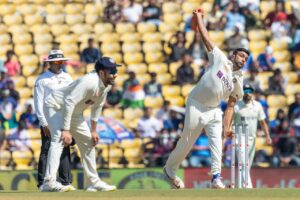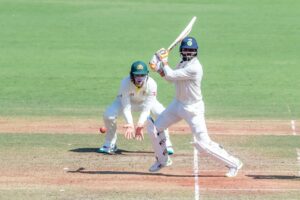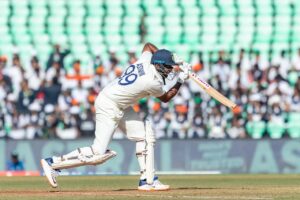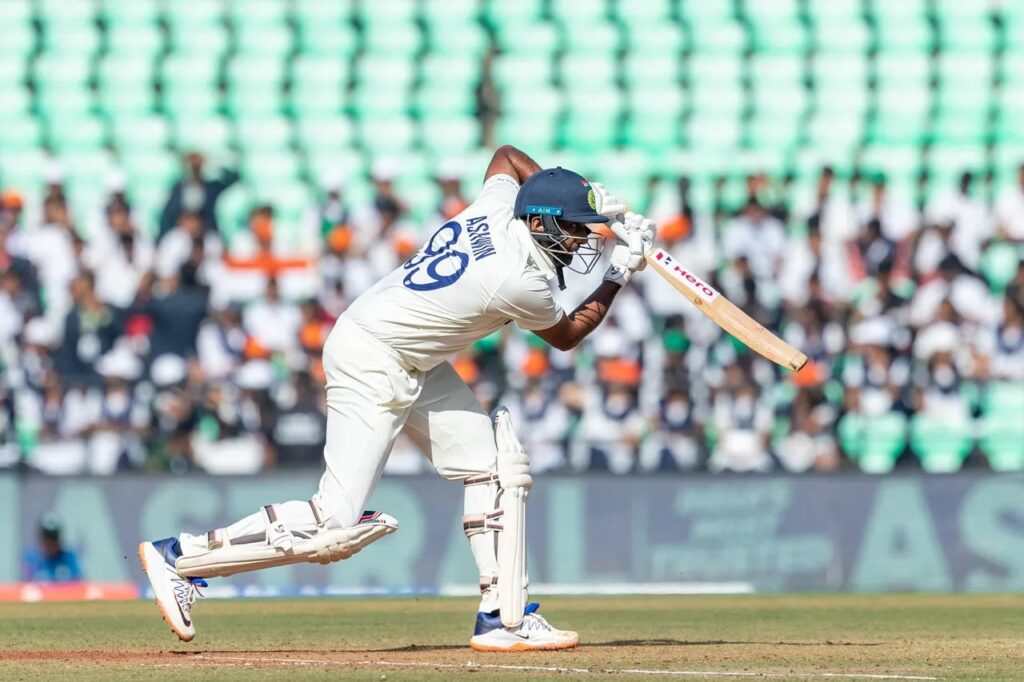
Half a century after Bedi and Prasanna, the modern-day off-spin-left-arm combination has taken Indian cricket to new heights. No amount of pitch talk about overshadow their feats.
You cannot navigate a pathway through the streets of cricket history without realizing one of its eternal truths. For all the emphasis on individual feats, cricket is essentially a game of partnerships, with bat and ball. If you go back a century, England had the famed partnership of Jack Hobbs and Herbert Sutcliffe. Australia countered that with the brilliance of Donald Bradman and Bill Ponsford.
After World War II, England boasted the famed fast-bowling duo of Fred Trueman and Brian Statham. Australian hopes in the post-Bradman era often revolved around the performances of Ray Lindwall and Keith Miller. If you go back to the beginnings of India as a Test-playing nation, many of the initial headlines were created by the new-ball pairing of Amar Singh and Mohammad Nissar. Though they didn’t play nearly enough to be considered greats of the game, their displays at Lord’s on India’s first two tours played a big part in cricket’s newest team being treated with at least grudging respect.
After independence, the batting was often carried by Vijay Hazare and Polly Umrigar. But if we’re talking in Hall-of-Fame terms, the first Indian pair to gatecrash their way in were the spin twins that Ian Chappell, who played against them in India in 1969-70, rated so very highly. Erapalli Prasanna was the most classical of off-spinners, a master of both flight and drift. At the other end, Bishan Singh Bedi’s perfect loop and ability to get the ball to dip lured many a batsman to a premature dismissal.
Jim Laker and Tony Lock may have had more success in statistical terms, but Prasanna and Bedi were the purists’ delight. Though several of India’s famous victories in that era were inspired by the freakish leg-spin of Bhagwat Chandrasekhar, he was seen more as the joker in the pack, first for Mansur Ali Khan Pataudi and then for Ajit Wadekar.
In the 43 Tests that Bedi and Prasanna played together, they took an incredible 331 wickets. Bedi contributed 169 of them, and there were 17 five-wicket hauls between them. India were hardly a dominant force in world cricket then, but that spin quartet – Srinivas Venkataraghavan was the fourth man – did the lion’s share of the lifting as India made themselves hard to beat on home turf.
In the half-century since their heyday, beating India in India has become the stuff of legend. England beat an Indian team in transition in 2012, but since then, even winning a Test match on Indian soil has become a Labour of Hercules. A major reason for that has been the manner in which R Ashwin and Ravindra Jadeja have dovetailed with the ball.
This is the 44th Test that Ashwin and Jadeja are playing in tandem, one more than Prasanna and Bedi. To give the numbers a truer perspective, it should also be mentioned that Ashwin and Jadeja have bowled together in eight more innings than Bedi and Prasanna did. Even then, their numbers are just staggering.

The eight wickets they took in Australia’s first innings took their combined haul to 389 wickets. Ashwin has taken 212 of them, but it’s Jadeja that has the marginally better average. What’s also clearly noticeable is that both men see a dramatic improvement in their numbers when they play together.
This is especially true for Jadeja. In the 17 Tests that Jadeja has played without Ashwin, mostly away from home, he averages a mediocre 40.42. When they play together, Jadeja’s average is a mind-boggling 20.83. The contrast isn’t as stark for Ashwin, but an average of 22.64 when playing with Jadeja, as opposed to 25.99 when he isn’t at the other end, tells its own story.
This is partly because of the vastly different challenges the two men pose. In the build-up to this series, Marnus Labuschagne, Steve Smith and others spoke of the Ashwin factor, of how combating him is a bit like a game of chess. Ashwin himself loves to talk of his craft, and does so extremely articulately.
But in the first innings, it was Jadeja, the man of few words, that got both Labuschagne and Smith, one with a ball that gripped and turned away and the other with one that went on with the arm. You sensed that Australia were so focused on the Ashwin threat that they almost forgot just how dangerous Jadeja is in home conditions.
They test you in very different ways. Ashwin is constantly reinventing himself, and will try every kind of variation at his disposal to try and confound batsmen. Jadeja usually targets the stumps and pads, though it shouldn’t be underestimated just how well he uses the width and depth of the crease to change his angle of attack.
Despite the pre-match predictions of the left-arm spinners creating havoc outside the left-handers’ off stump, Jadeja had his biggest impact against Australia’s two gun right-handers. Both Smith and Labuschagne weren’t unduly bothered by being beaten on the outside edge, but Smith was ultimately flummoxed by one that sneaked past the inside edge.

It was Ashwin that used the left-armers’ usual angle from over the wicket to get rid of the dangerous Alex Carey. And his dismissals of Pat Cummins and Scott Boland showed just why it’s almost impossible for a tail-ender to fathom his variations. It’s almost a travesty that the endless talk of pitch preparation often obscures just how incredible both Ashwin and Jadeja are in conditions that favour them.
You don’t see the same asterisk next to the names of James Anderson and Stuart Broad, who have done their best work in seam-friendly English conditions. No one quibbles about Richard Hadlee or Trent Boult having taken the bulk of their wickets on New Zealand’s green tops. But God forbid Ashwin and Jadeja make hay on a turning pitch.
As Rohit Sharma has shown during his epic captain’s knock, this is far from an unplayable surface. Yes, it requires intense concentration, application, discipline and skill, but the good balls can still be kept out and the bad ones put away. That’s why it’s called Test cricket, and in these conditions, finding answers to combat Ashwin and Jadeja is about as tough as it gets.




